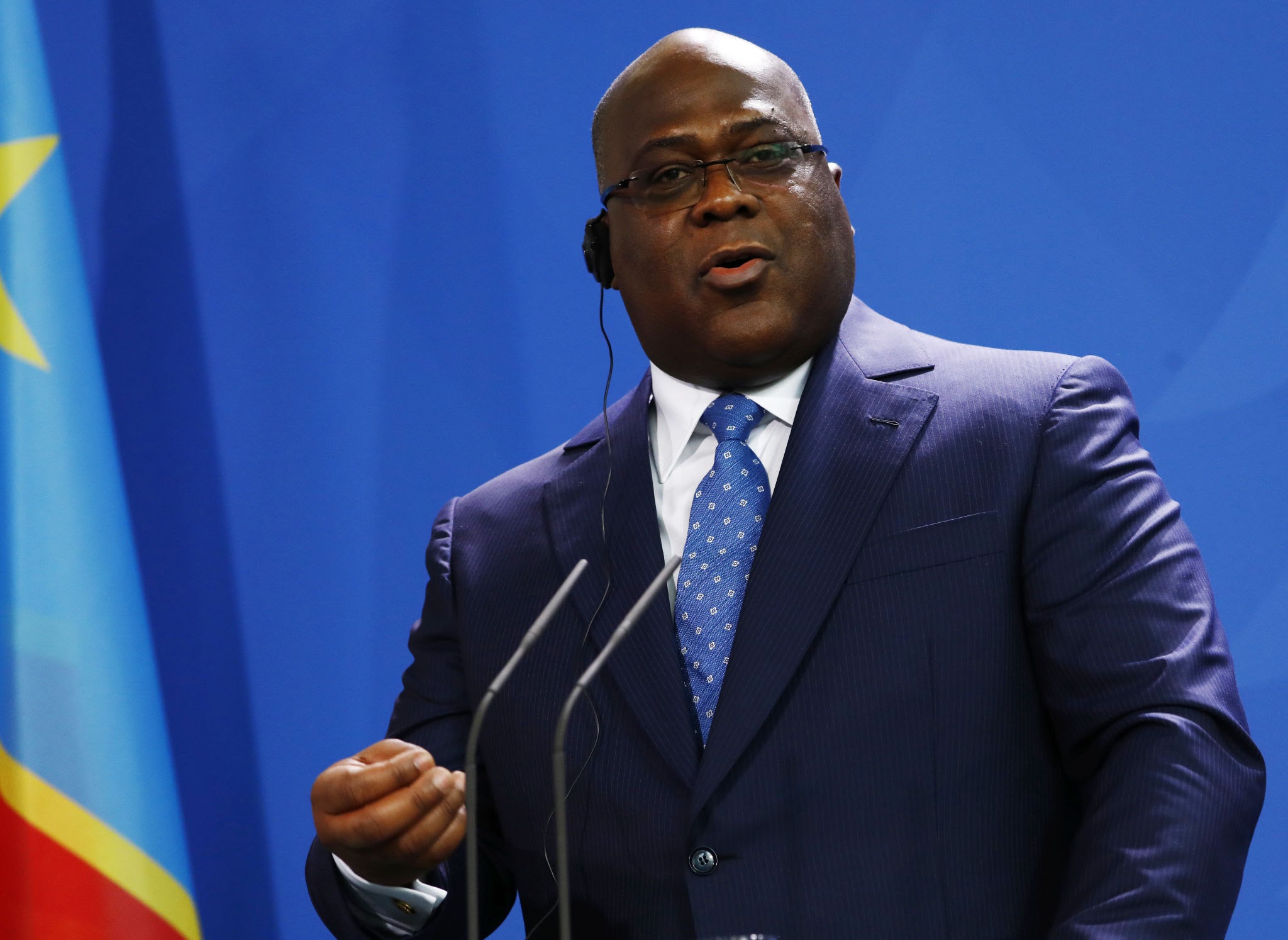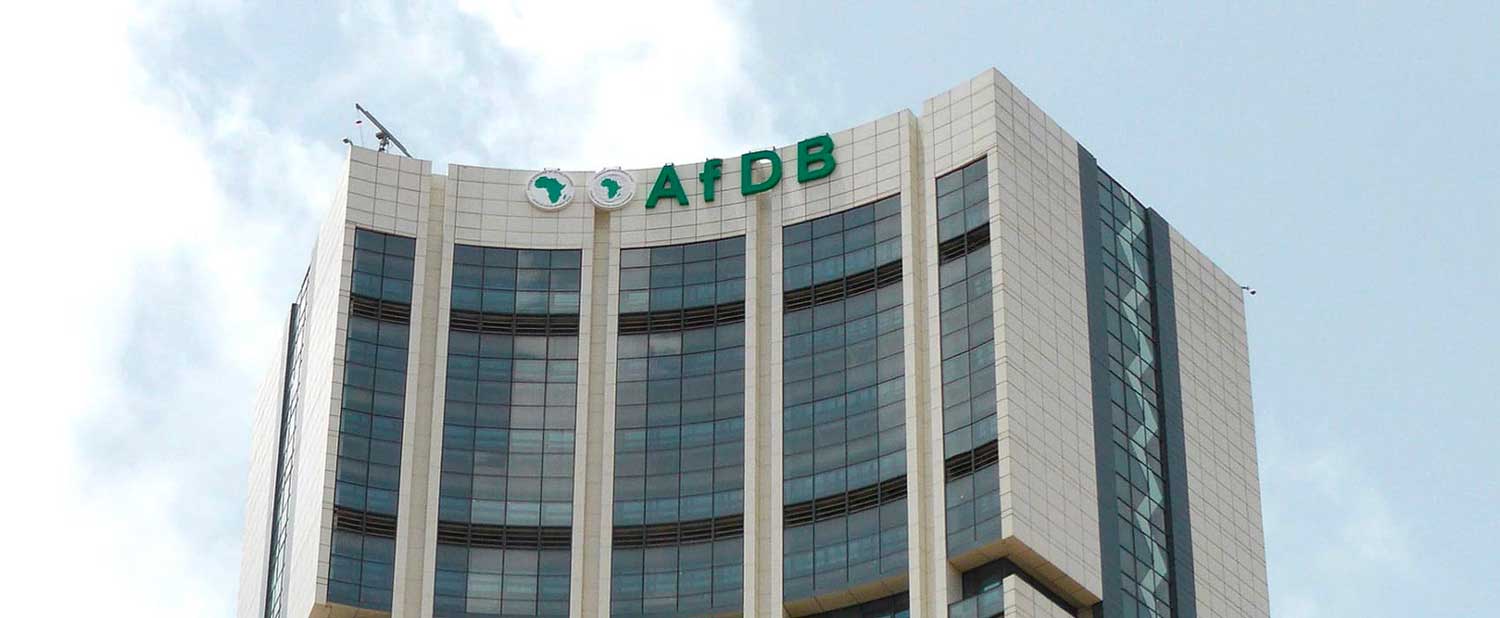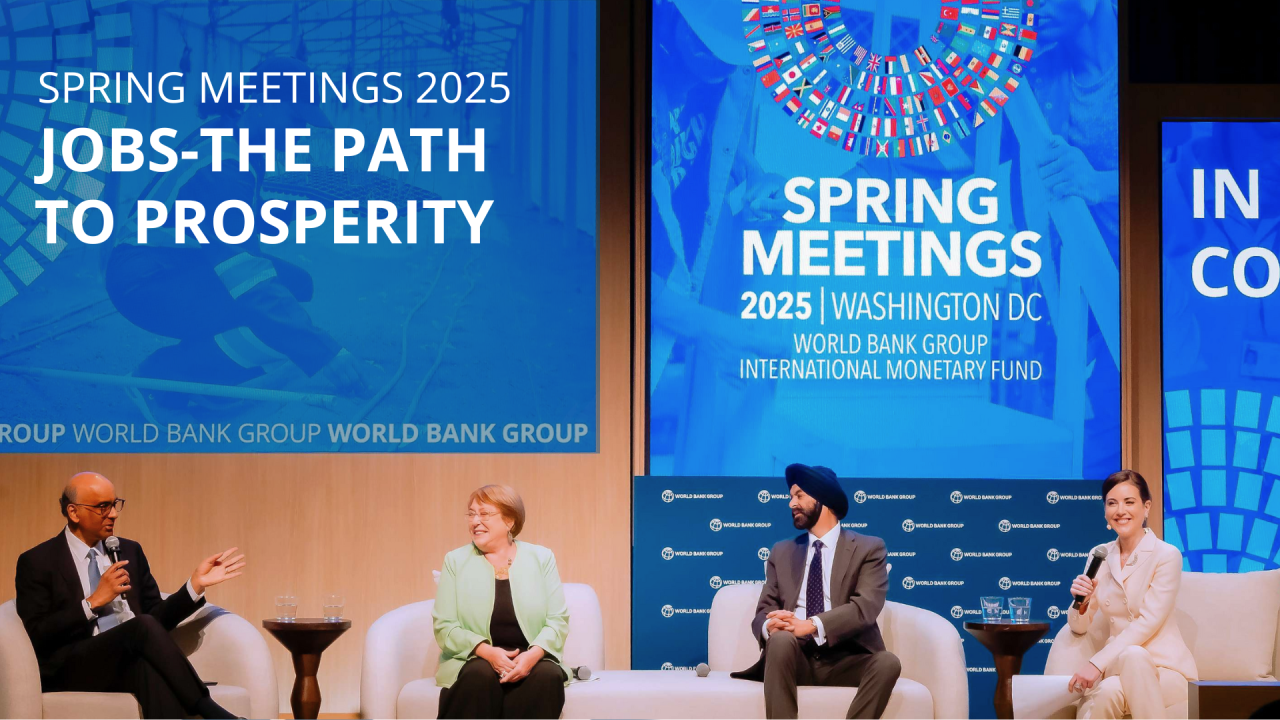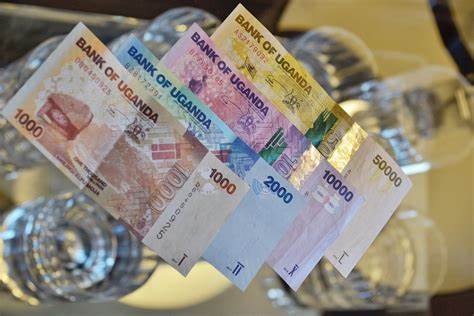Mining inflows drive cautious CDF appreciation cycle
CDF strengthens on mining inflows as copper and cobalt benchmarks (HG=F, CL=F) lift FX supply; eurobond spreads near 960 bps over US10Y highlight lingering frontier-risk premia.

President Félix Tshisekedi’s directive to strengthen oversight of the appreciating Congolese franc (CDF) underscores a pivotal moment in the Democratic Republic of Congo’s macroeconomic management. The currency has appreciated about 6% since mid-September 2025, moving from roughly CDF 2,650 to CDF 2,480 per USD. The rally reflects improved liquidity from mining exports, temporary central-bank sterilization, and sustained fiscal discipline.
Yet the move also exposes the cyclical fragility of a commodity-dependent economy where short-term inflows can mask structural weakness. Tshisekedi’s call for a monitoring mechanism signals concern that an unmanaged rally could overcorrect, tighten domestic liquidity, and erode competitiveness outside the mining sector.
Economic fundamentals show progress but remain unbalanced. Real GDP grew 5.0% in 2024 and is projected at 5.4% for 2025, supported by copper and cobalt production. Inflation slowed to 9.8% year-on-year in September 2025 from 23% in late 2024, driven by stricter liquidity control and easing food prices. The fiscal deficit narrowed to 2.6% of GDP, while total public debt stands near 17.5% of GDP—low by regional standards but exposed to state-enterprise liabilities.
The Banque Centrale du Congo (BCC) has held policy conditions tight, maintaining reserve requirements at 13% after successive hikes from 10% in early 2025. Official reserves rose to USD 2.37 billion, equivalent to 2.3 months of imports, up from USD 1.9 billion a year earlier. These indicators illustrate tangible progress under the IMF-supported programme but leave limited margin for policy error if external flows reverse.
The appreciation is mechanically consistent with mining-sector inflows and BCC sterilisation. Copper prices have stabilised near USD 8,700 per tonne and cobalt around USD 29,000, lifting dollar receipts from tax and royalty remittances. The BCC’s open-market operations absorbed excess liquidity, lifting interbank rates toward 11–12%, compressing speculative dollar demand.
This alignment strengthened the CDF by reducing the FX risk premium. However, sterilisation without complementary liquidity tools could raise funding costs and restrict private-sector credit, revealing the tension between price stability and growth. A persistent appreciation, if unmanaged, may also lower the domestic value of fiscal revenues denominated in USD, offsetting some disinflation benefits.
Fiscal transmission amplifies the effect. Mining generates roughly 90% of exports and 45% of government revenue. A stronger CDF cuts the local-currency yield from those receipts, narrowing fiscal headroom and limiting space for capital spending. Meanwhile, non-mineral sectors—agro-processing, manufacturing, services—face price compression that may weaken employment and tax collection. The presidency’s move to institutionalise monitoring seeks to manage that trade-off: preserving disinflation gains while preventing a competitiveness shock.
Market reaction has been measured rather than euphoric. Six-month treasury-bill yields eased to 12.7% in October 2025 from 14% in August, as short-term FX risk moderated. The sovereign eurobond spread remains wide at about 960 basis points over U.S. 10-year Treasuries (US10Y), showing that investors still price governance and execution risk despite currency gains. Regional equity sentiment has been stable, and the MSCI Frontier Markets Africa Index (MSCI FM Africa) shows little contagion—signalling that investors interpret the rally as a tactical liquidity event, not a structural re-rating.
Globally, the CDF’s movement sits within a broader frontier-market divergence. Zambia’s kwacha remains volatile under similar copper exposure, while Ghana’s cedi stabilised only after aggressive monetary tightening and fiscal consolidation. Kinshasa’s challenge lies in codifying rules-based management to lock in credibility. Publishing transparent reserve-accumulation and interbank-trading frameworks would transform cyclical appreciation into sustained FX confidence.
Forward validation is measurable. By mid-2026, gross reserves must exceed USD 2.8 billion—equal to three months of imports—while headline inflation should fall below 9% and the interbank FX rate stay within ± 5% of the official quote. Meeting these thresholds would confirm the CDF’s shift from commodity-driven rally to policy-anchored stability.
Failure to maintain them—through weaker metals prices, fiscal drift, or reduced sterilization capacity—would likely send the exchange rate back beyond CDF 2,600 per USD and re-steepen yields. Tshisekedi’s caution therefore captures the policy dilemma facing frontier economies: defending short-term currency strength without compromising the slow, institutional grind toward durable monetary credibility.





